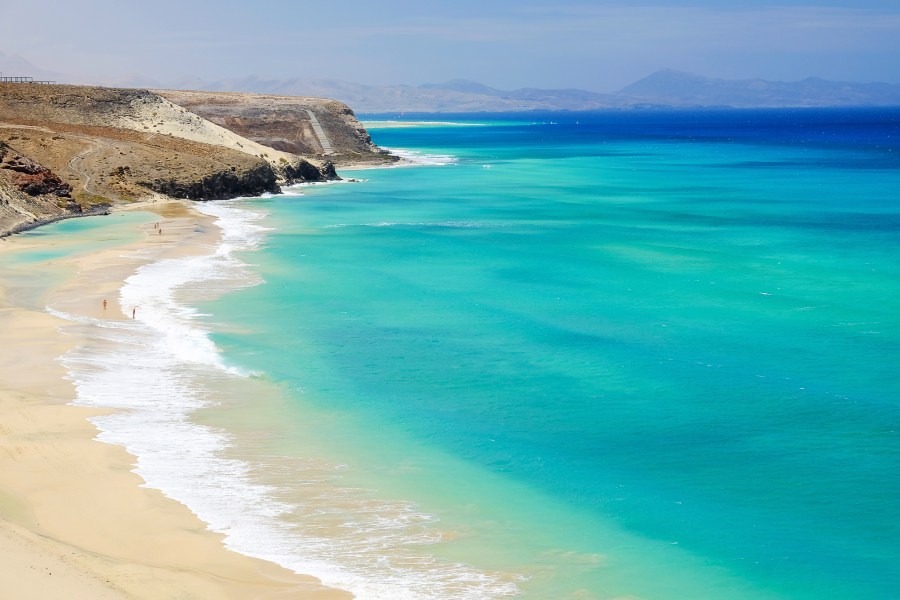
Fuerteventura is a gem. It’s the second-largest Canary Island in Spain, offering dreamy holidays for couples, families, and solo travelers. The natural environment is picturesque, with many attractions such as calm sandy beaches, turquoise waters, a welcoming local community, and rich cultural-historical monuments.
Planning a Euro trip? This destination deserves a spot on your list, and we’re here to tell you why. Here are the ten best things to see and do in Fuerteventura, Spain.
Enjoy the Sunset at the Golden Dunes of Corralejo Natural Park
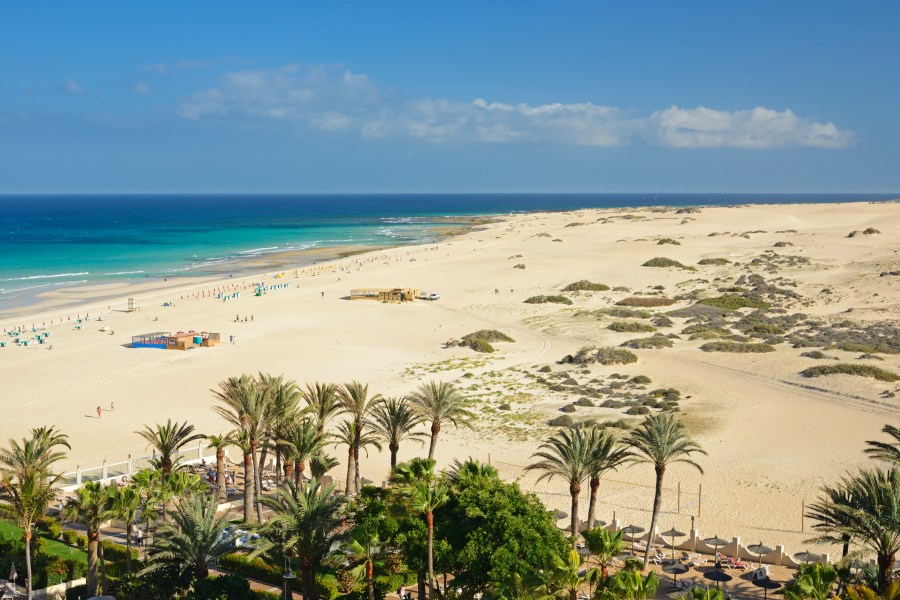
Truthfully, Fuerteventura isn’t the most beautiful of the Canary Islands. It’s the oldest, driest, and flattest, consequently least publicized. Despite this, the Fuerteventura has amazing features. The Corralejo Natural Park forms the largest dune system in the Canary Islands. The park is 2,600 hectares with 5 miles of beaches. Corralejo Natural Park is scenic, combining a view of clear waters, sandy beaches, unending dunes, and an array of animals such as the endangered Hubara.
Corralejo Natural Park is found north of Fuerteventura island, in Corralejo town. Park fees depend on which activities you participate in. For example, off-road excursions cost $54 per group, while a private photo shoot in the dunes costs $166 per group.
Watch Seabirds at El Matorral Beach
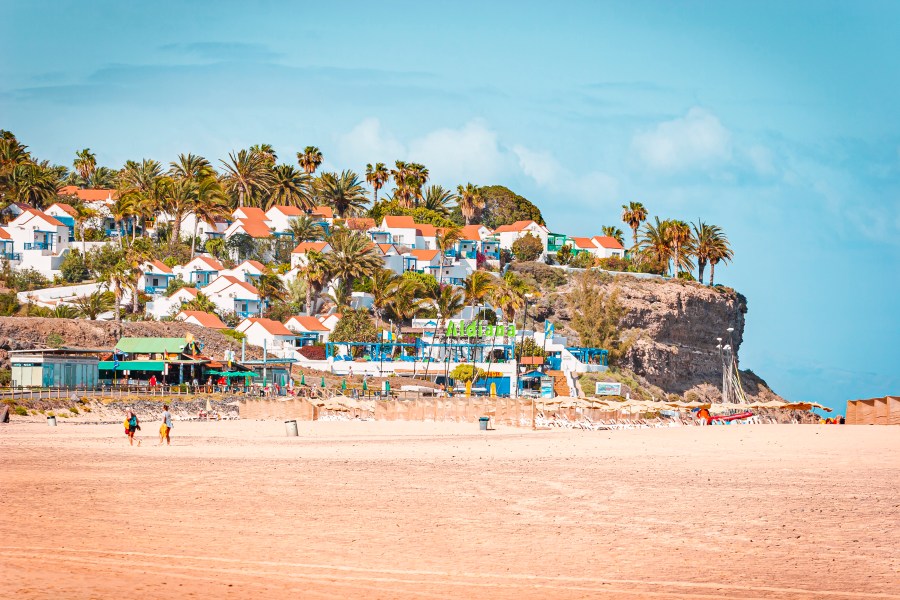
El Matorral beach is characterized by salt flats and a lighthouse, which separates the nudist side of the beach from the rest of it. The salt flats attract flocks of seabirds, including hoopoe, the Atlantic canary, the great grey shrike, and the kestrel, making it a birdwatchers’ paradise. The beach’s calm waves and clear waters allow visitors to participate in water sports such as surfing, windsurfing, and swimming.
The kiosks in the area serve the much-needed thirst-quenching and refreshing drinks and delicious food.
Visit Villa Winter
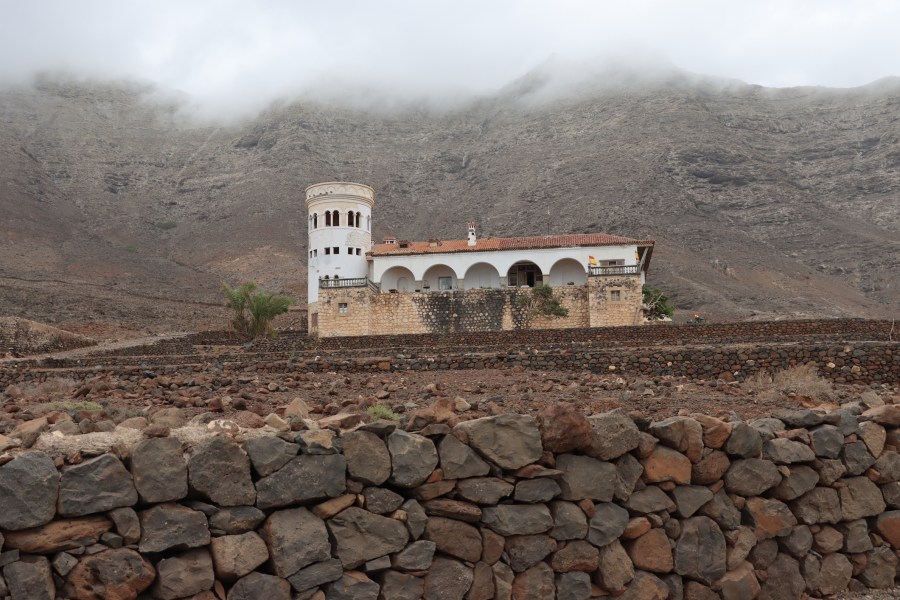
Villa winter is found in a remote location southwest of Fuerteventura. The villa was designed and built by a German engineer, Gustav Winter, in 1937. Winter is said to have been Hitler’s close confidant and a German spy. His villa was used as a commission station for German submarines and a base for secret military operations.
Although the space isn’t exactly museum-like, it does draw a good number of visitors, partly because the history of the place is so entangled with conspiracy theories and mystery. A visit to Villa winter costs nothing, but you should tip the caretaker to look around. It also has no specific opening hours, but 10:00 am to 4:45 pm seems to be the most common time.
Take a Bus Tour of Lanzarote Volcano and Wine Region
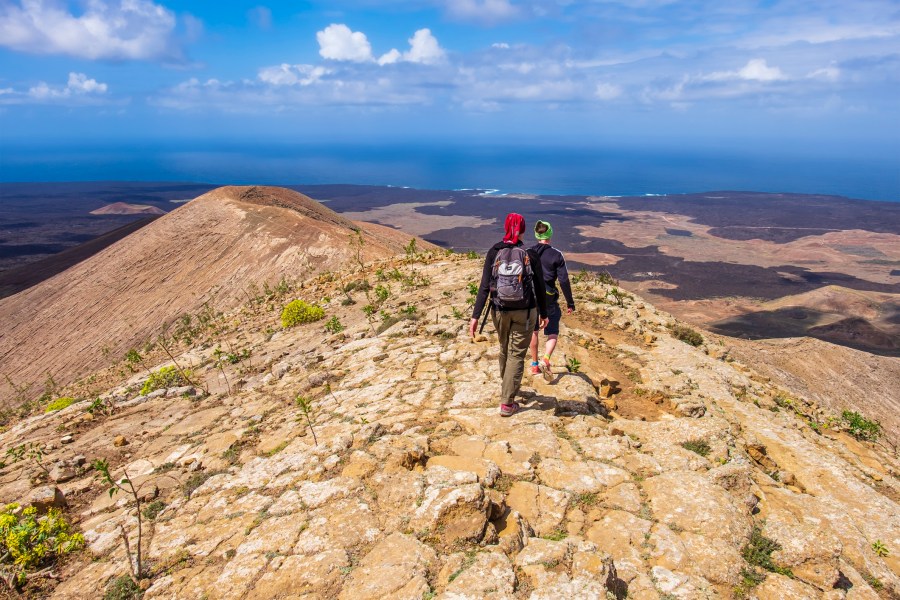
Lanzarote in Fuerteventura is found in Timanfaya Natonal Park. The area has several volcanoes, but the Timanfaya volcano is the only active one. The hot temperatures of the active volcano have blessed the area with magnificent geysers that you can see when you take a full-day bus tour (which will cost you $58 per adult). Keep your eyes peeled for the lagoons and cliffs too.
Wine lovers particularly love this tour because they also get to experience the wine region via a vineyard tour and wine tasting. Enjoy incredible wine from grapes such as Burrablanca and Listan Blanco.
Take a Guided Hike and Discover the Las Peñitas Gorge
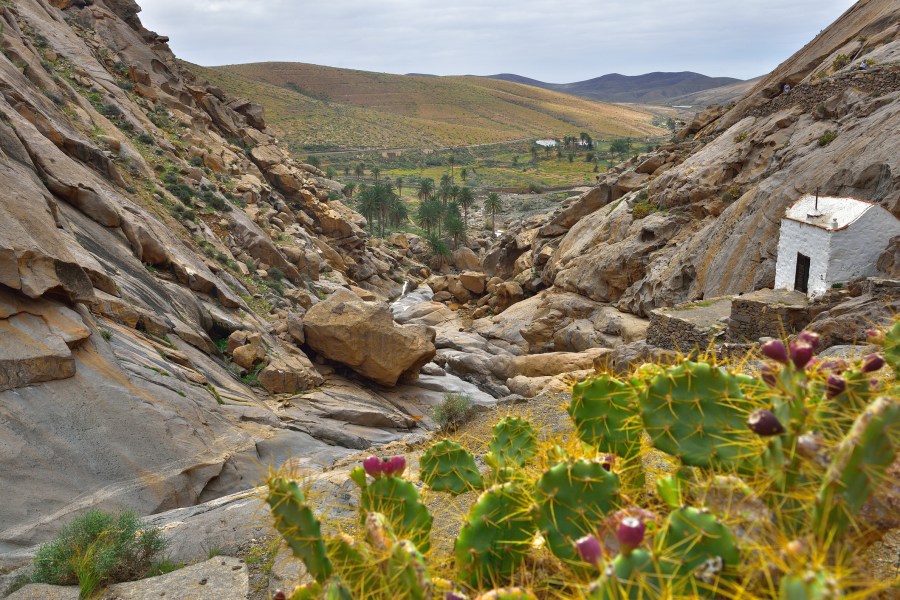
If you’re up for a bit of a challenge, Fuerteventura can also test your endurance. Explore the western part of the island in a five-and-a-half-hour guided hike, during which you’ll discover Las Peñitas gorge and the chapel of the saints. The hike finishes with a stunning view of the valley when you reach the high point.
Take in the historic, rugged coastline you’ll experience during the hike— this is the oldest part of Fuerteventura island. And you’re likely to encounter some wildlife along the way as well. Birds of prey and wild goats are commonly sighted. Bookings should be made in advance at $63 per adult.
Learn Ancient Maritime History at Fuste Castle In Caleta De Fuste
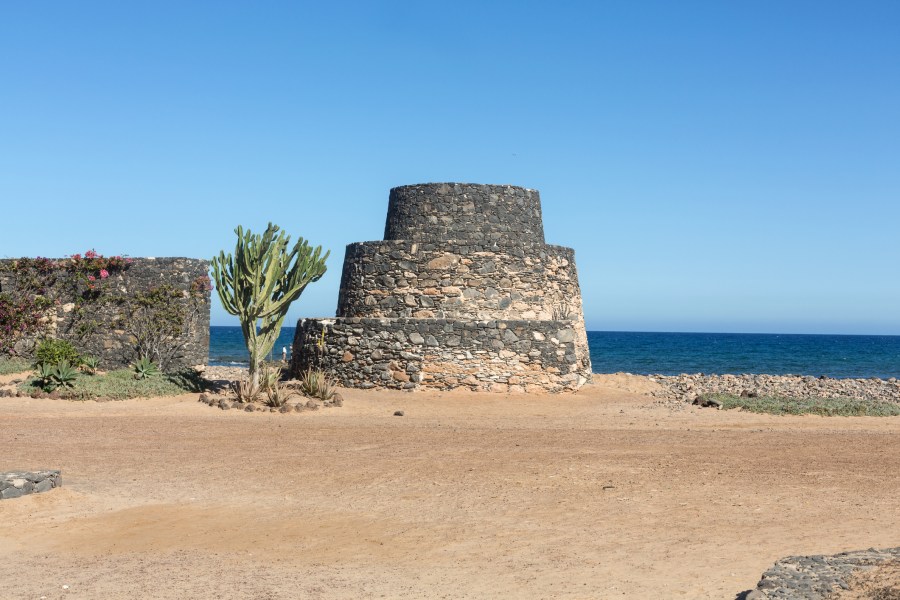
Fuste Castle In Caleta De Fuste is estimated to have been completed in 1743. At this time, the castle had a garrison comprising a constable, a lieutenant, and four soldiers. These tentants were responsible for handling two small-caliber iron cannons. The castle was a defense tower against Berber, French, and English pirates, who were fond of looting the island.
The castle is circular, has two floors, and is built with a string of dark volcanic rocks. It also had a bell used in the past days to sound an alarm to the rest of Fuerteventura whenever pirates were in town.
Enjoy Private Time at Sotavento Beach of Jandía
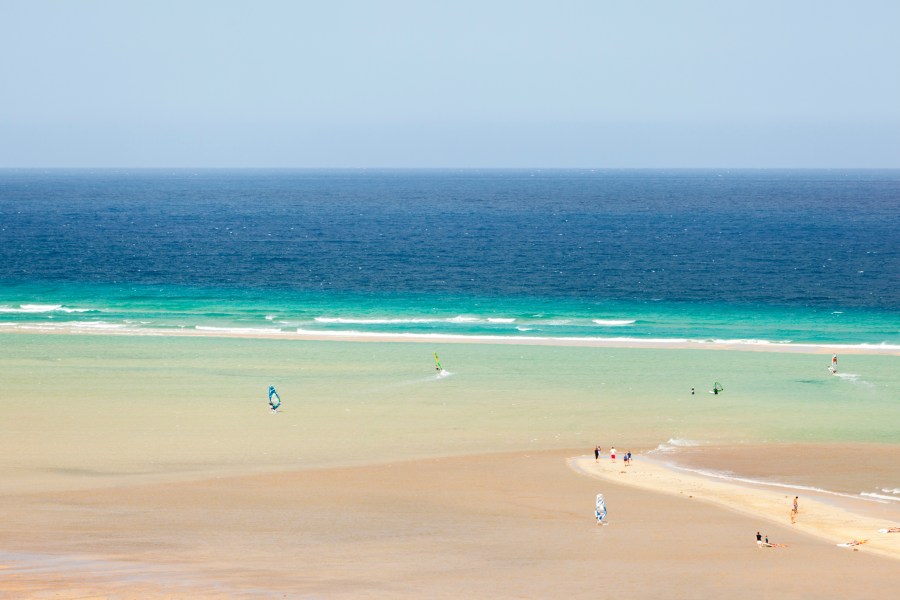
Sotavento Beach of Jandía is the best choice for solo travelers or couples seeking some quality alone time. Found south of the Fuerteventura island, Sotavento beach offers natural and serene beauty, alongside fine white sands and cool breeze. The beach has no facilities, hence the lack of crowds.
Solo travelers and couples can enjoy a peaceful 5.6 miles of beach walking and goofing around. They can also enjoy windsurfing and kite surfing for beginners at the lagoon that forms about 300 and 1,000 feet inshore. This experience is free of charge, and you can find accommodation at Jandía at an average of $110 per night.
Learn About Fuerteventura’s Aborigines and Their Religious Practices at the Sacred Mountain of Tindaya
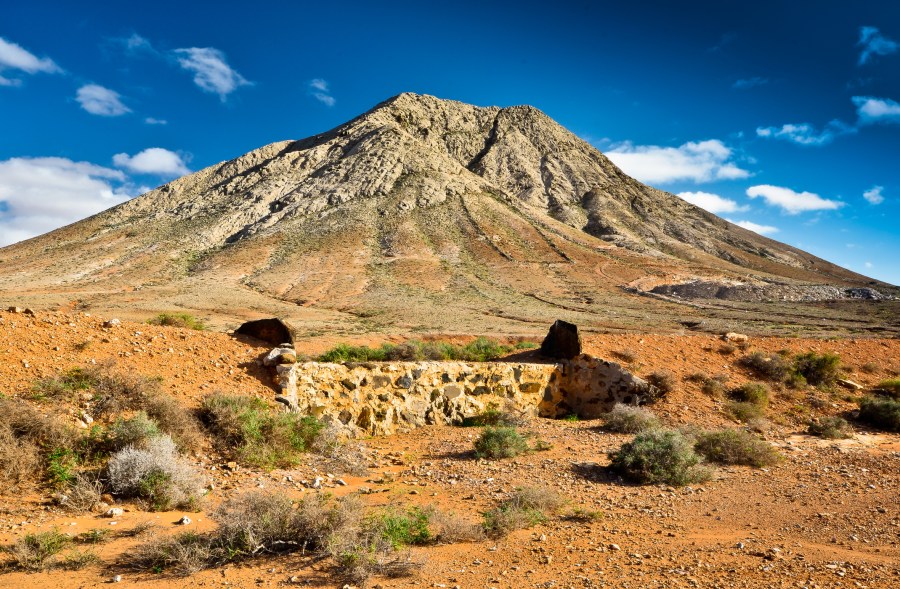
The Sacred Mountain of Tindaya is found in Tindaya, northwest of Fuerteventura, and is a natural monument protected by local laws. It sits 1,300 feet above sea level, playing host to several unique plants and animals. The sacred mountain of Tindaya is estimated to be one of the oldest mountain formations on the island at about 18 million years old.
The Sacred Mountain of Tindaya was the home of Fuerteventura aborigines, known as majos. A visit to the place will reveal over 300 foot-shaped rock carvings, geometrical figures, and figures of ovoid or rectangular shape, near the top of the mountain. Archeological studies show that this is an indication that the majos used the mountain for their religious rituals. Guided tours at $60 per adult are available.
Visit Betancuria, the Oldest Town in Fuerteventura
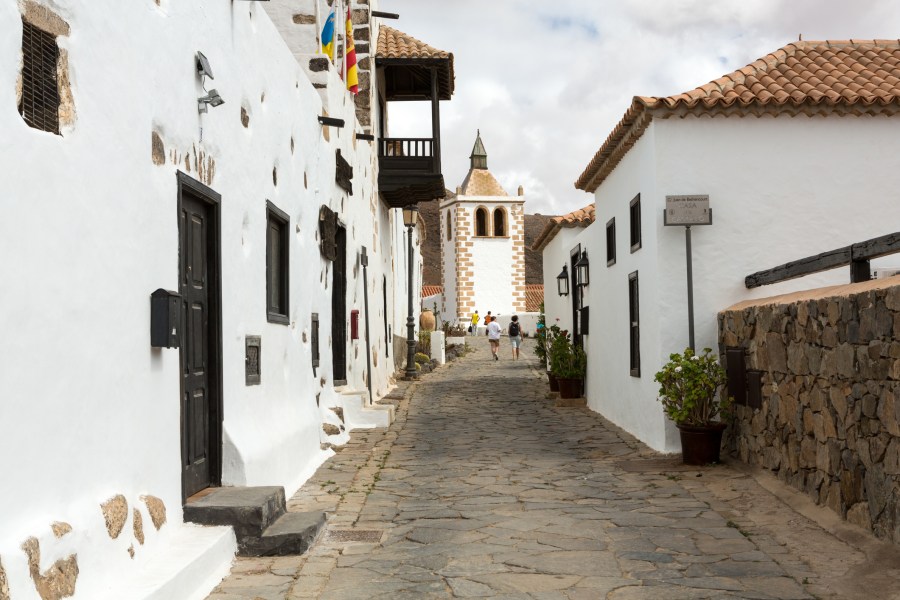
Until 1834, Betancuria was the capital of Fuerteventura. Despite being the capital of activities in the 18th century, Betancuria is now the least populated. If a quiet visit day is what you’re after, this attraction should be top of your list. As a bonus, you can enjoy some lush greenery with your quiet, as it is located in Betancuria island, the greenest part of Fuerteventura.
The economical historical significance makes Betancuria a place of significant history. It’s also home to the Betancuria Archaeological Museum and the Santa María church. Tourists visit to appreciate this ancient significance instead of enjoying the beach since it lacks access to the sea or nearby beaches.
Learn How to Make Majorero Cheese at the Majorero Cheese Museum
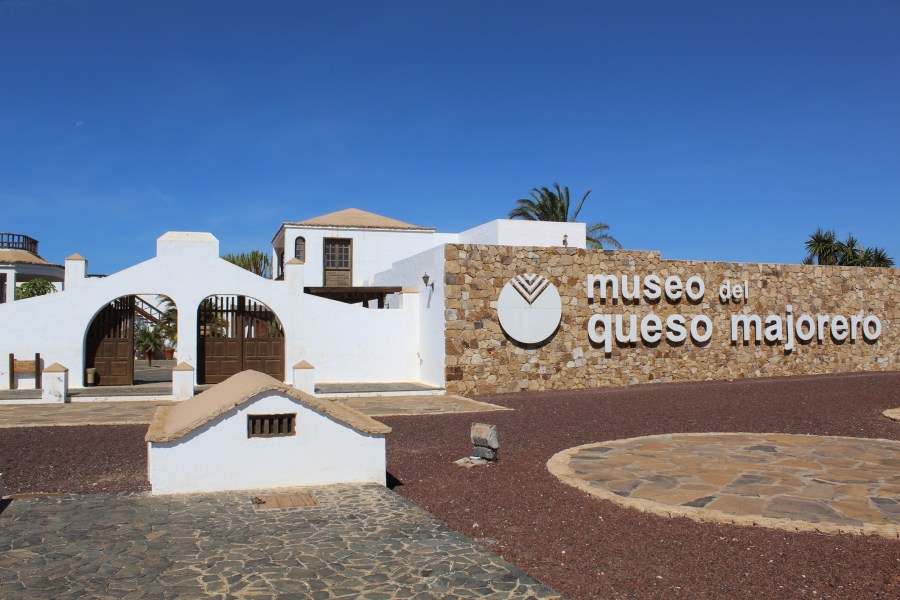
Fuerteventura has a wide array of local delicacies, but you can’t leave the island without trying some Majorero cheese. So significant is this part of Fuerteventura’s palate that there’s a museum that teaches how to make it. The Majorero Cheese Museum introduces visitors to the Majorero goats that graze in their fields, and how they milk and make cheese from the goats. The lesson is completed when you taste the cheese and are invited to buy more in case you need some (and you will). This is a must-see…er, taste for any foodie touring Fuerteventura.






